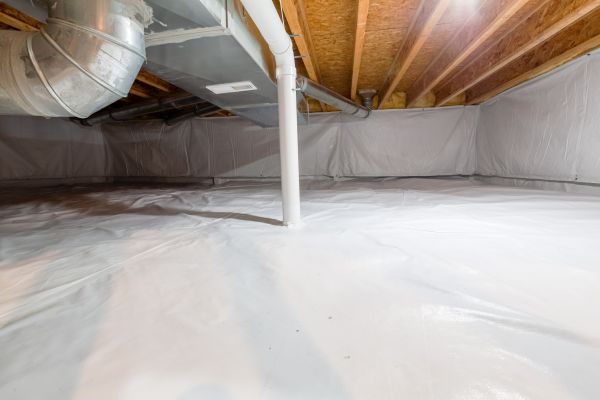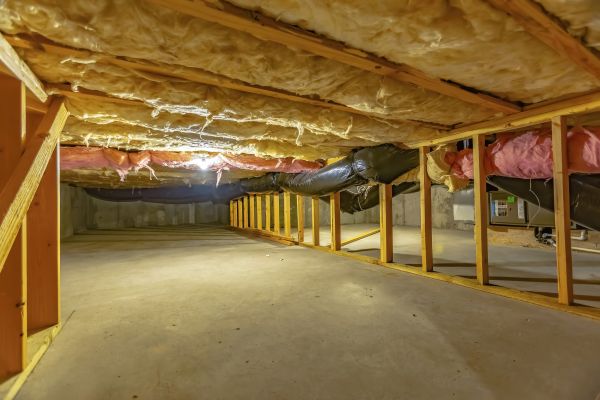Crawlspace Sealing
Welcome to Port Washington Waterproofing
Serving Port Washington, WI
Crawlspace sealing is a crucial process for maintaining the integrity and health of your home. By properly sealing the crawlspace, you can prevent moisture buildup, which can lead to mold growth, wood rot, and structural damage. A sealed crawlspace creates a barrier against outdoor elements, reducing the risk of pest infestations and improving indoor air quality. This process involves sealing all vents, doors, and other openings to ensure that the space remains dry and insulated. The benefits of crawlspace sealing extend beyond just protecting your home; it also contributes to energy efficiency by maintaining a consistent indoor temperature, which can potentially lower heating and cooling costs. Ensuring your crawlspace is properly sealed is an investment in the longevity and health of your property.
Benefits of Crawlspace Sealing
-
Improved Indoor Air Quality
Sealing your crawlspace helps to prevent the infiltration of allergens and pollutants from the outside environment. By blocking these elements, the air quality within your home is significantly improved, leading to a healthier living space for you and your family. -
Enhanced Energy Efficiency
A sealed crawlspace acts as an additional layer of insulation for your home. This contributes to maintaining a stable indoor temperature, reducing the workload on your HVAC system, and potentially lowering your energy bills. By minimizing drafts and air leaks, you can enjoy a more energy-efficient home. -
Protection Against Structural Damage
Moisture and humidity can cause significant damage to the structural components of your home. Crawlspace sealing helps to keep moisture out, preventing wood rot, mold growth, and other issues that can compromise the structural integrity of your property. This protective measure can help you avoid costly repairs in the future.
Fill out our contact form today to request Crawlspace Sealing service in Port Washington and protect your home from potential hazards.






